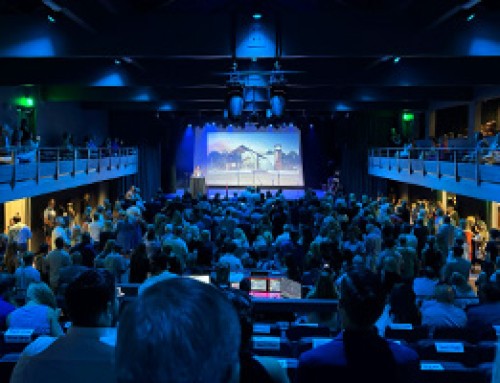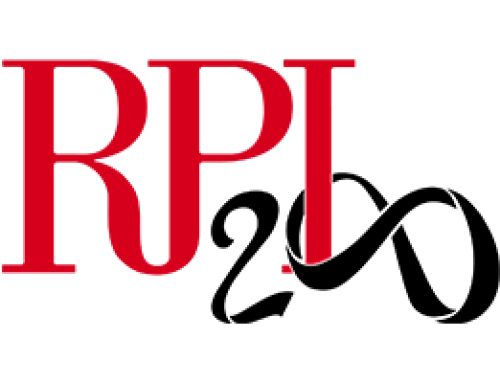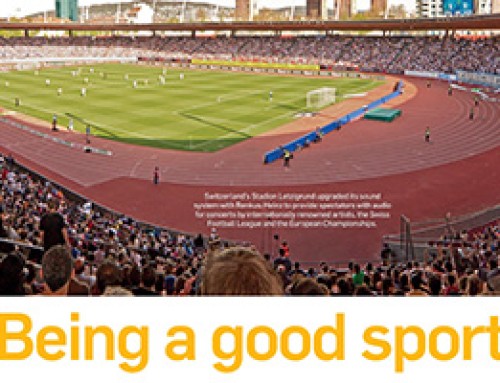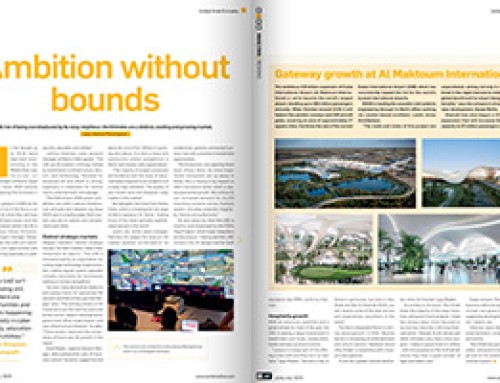
Alicia Keys’ Long Island studio, The Oven, flips the time-tested archetype of the live/work space, creating the work/live space, establishing a pro space with a lived-in feel. The name obvioiusly evokes the appliance where most cooking comes together, but it also suggests that old party truism that everyone at a party inexplicably feels the most comfortable hanging out in teh kitchen. Keys and collaborator Kerry “Krucial” Brothers wanted that homey feel for their studio to get back the feeling they had working in Alicia’s apartment before Songs in A Minor catapulted the Krucial Keys team to the big league of professional, but maybe a bit sterile, Manhattan studios.
So if Krucial and Keys are co-proprieters and head chefs, if the house specialty is chart topping pop, R&B and hip-hop, the secret ingredient is evidently vibe. Ms. Keys answered my request for technical tips with the glib reply: “We have a saying around here…keep the vibe turned up.”
OK. So which fader on the SSL AWS900 desk is “Vibe” mapped to? Is there a separate bus?
“You can’t see it, but it’s there,” laughs Krucial, sitting at the console in his Herman Miller chair, the world’s most comfortable way to mix, or evade technical questions.
I eventually pulled some more geek-love wisdom out of them, but from The Oven’s inception, their saying certainly applies. From the design concept to the transparent approach of tracking engineer Ann Mincieli, who teame with Krucial and Keys to put the studio together, the main principle driving Krucial Keys projects is to foster relaxed. To drive creative.
The Storyk Club
John Storyk, the award-winning architect for everytihng from Electric Lady Studios to the Jazz at Lincoln Center space, from home theaters to desination studios, was the natural choice for Keys, whose studio would have to fit in a preexisting structure, a three-story house in a commercial zone of a New York suburb. A seasoned vet who has faced every imaginable acoustical design problem; Storyk had to gut the house without rebuilding, while maintaining the feel of a house.
While the space considerations mandated a small control room, to fit Augspurger monitors in the control room, with adequate low-end absorption, they used two different sized broadband modexes, which, explained Ann Mincieli, “expands the bandwidth of the absorption even further.”
Storyk insists that one of the most exciting developments in studio design stems from what, on its surface, is hardly sexy: the appearance of cheaper and thinner low frequency absorbing modexes, which at once afford more precise bandwidth targeting, while at the same time physically taking up less space. This is the key to working in smaller spaces, and it lets acoustics take more of a guiding than a determining principle in the aesthetic design.








